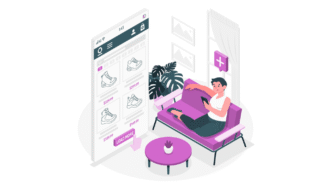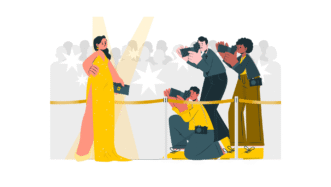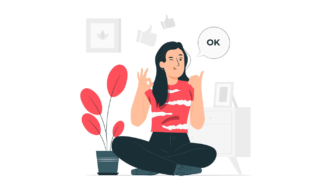LESSON OVERVIEW
The main objectives of this ESL lesson on hobbies are to:
- discuss experiences and opinions on hobbies;
- practise vocabulary related to pastimes;
- watch two short videos on hobbies.
This ESL lesson on hobbies allows students to talk about categories of pastimes (e.g. creative hobbies, active hobbies, etc.). Students also explore phrases related to hobbies (e.g. make friends, solve problems, etc.) with an extra vocabulary activity. They watch two short videos and discuss their thoughts and experiences. In addition, students debate which pastime is the best option in different cases, play a guessing game and talk about opinions that they agree or disagree with.
60 minSpeaking ClassUnlimited Plan
This is a Speaking Class worksheet. It includes a variety of tasks that let your students practise their speaking skills. This lesson format does not focus on grammar or vocabulary. Learn more about it here.
WARM-UP AND VIDEOS
This ESL lesson on hobbies starts with a warm-up where students explain how they think things in pictures are connected with hobbies (e.g. a happy face, two people together, money, etc.). At this point in the lesson, you can ask students to do an extra vocabulary task. They match halves to create sentences and complete the phrases related to hobbies (e.g. work with my hands, make something myself, spend time outdoors, etc.). After that, students look at different hobbies (e.g. baking, coding, creating videos, etc.) and put them into categories (creative hobbies, active hobbies, intellectual hobbies and social hobbies). If more than one category is possible, they talk about the hobby and agree on one category. Then, students discuss questions on personal hobbies and experiences. Afterwards, they watch two videos related to hobbies (metal detecting and amigurumi-making). Students explain what they think the activities in the videos are and share their perspectives on them.
DISCUSSION
At this point in this ESL lesson on hobbies, students look at photos showing pastimes (scrapbooking, urbex and cosplay) and describe how the activities work. If they don’t know, they guess. Then, students discuss questions about their personal experiences and preferences related to hobbies. After that, in pairs, they read questions (e.g. Which hobby is more expensive?) and debate which hobby is the best option (e.g. coin collecting OR playing board games). Students also talk about arguments for both hobbies. Next, they work in pairs. In the task, Student A chooses a card with a hobby and Student B asks ‘Yes’ or ‘No’ questions to guess what the hobby is. Then, they swap roles. Finally, students read different opinions on hobbies (e.g. Hobbies are for kids. Adults have responsibilities.). They choose one statement they agree with and one that they disagree with and explain their thoughts.
WORKSHEETS
Subscribe to unlock these and many other Standalone lesson lesson plans with the Unlimited plan
Subscribe











This one worked very well! The tasks were easy to use with fluid transition from one to the next and produced a lot of learner-centered speaking. They were also easy to scaffold up or down. Thanks a lot.
That’s great to hear! Thank you for sharing.
These lessons are great but my students don’t really like shortfilms. Normal videos or litenings are better.
Hi, thanks! Most of our lessons are with regular videos, we use shorts sometimes to add some variety 🙂
Thank you for sharing. Very great
It’s our pleasure 🙂